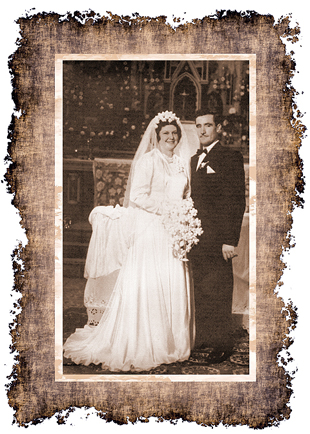THE POPULAR REALISM OF HISTOIRE DE GIL BLAS DE SANTILLANE
Keywords:
Realismo, Século XVIII, Romance de Costumes, Sátira Social.Abstract
Santillane’s Histoire de Gil Blas, by Alain-Réné Lesage, is a fictional autobiography that came up between 1715-1747, in France. In Histoire de Gil Blas, it is noted Lesage’s preference for an art that turned to critical observation of reality, so that his literature, confirming the tendency for realism, is a panel of 18th Century reality, not only of Spain, where the action of the novel takes place, but in all European societies of that period. Comparing this realism of 18th Century to the realist esthetic purpose of 19th Century, we can notice some significant differences. First of all it is noticed that Histoire de Gil Blas is a behaviors observation novel, particularly the behaviors of low
social classes, as the servants, the decadent lords, and the comedians. This "behaviors painting" is done trough the satirical view, so that Lesage throws, trough his characters voice, a critical, strong and incisive view upon 18th Century society. In Lesage’s novel these behaviors are presented through a group of flat characters that represent determined social groups. In this sense, there is not in the novel any kind of psychological characterization or another kind of artifice that individualizes the characters. What we know about them is the characteristic they have from the groups they represent. When Lesage describes the types, he throws a critical view over the failings and comic behavior of determined social classes, revealing the defects of a society that wanted to be polished and refined, but that hid behaviors worthy of mockery.
Downloads
Downloads
Published
How to Cite
Issue
Section
License
Creative Copyright Notice
Policy for Free Access Journals
Authors who publish in this journal agree to the following terms:
1. Authors keep the copyright and grant the journal the right of first publication, with the work simultaneously licensed under the Creative Commons Attribution License, which allows sharing the trial with acknowledgment of authorship and initial publication in this journal.
2. Authors are authorized to take additional contracts separately, for non-exclusive distribution of the work version, published in this journal (eg publish in institutional repository or as a book chapter), with acknowledgment of authorship and initial publication in this journal.
3. Authors are allowed and encouraged to publish and distribute their work online (eg in institutional repositories or on their personal page) at any point before or during the editorial process, as this can generate productive changes, as well as increase both impact and citation of the published trial (See The Effect of Free Access).
Creative Commons License
This work is licensed under a Creative Commons Attribution–NonCommercial-shareaswell 4.0 International License, which allows you to share, copy, distribute, display, reproduce, completely or part of the work, since there is no commercial purpose, and authors and source are cited.



